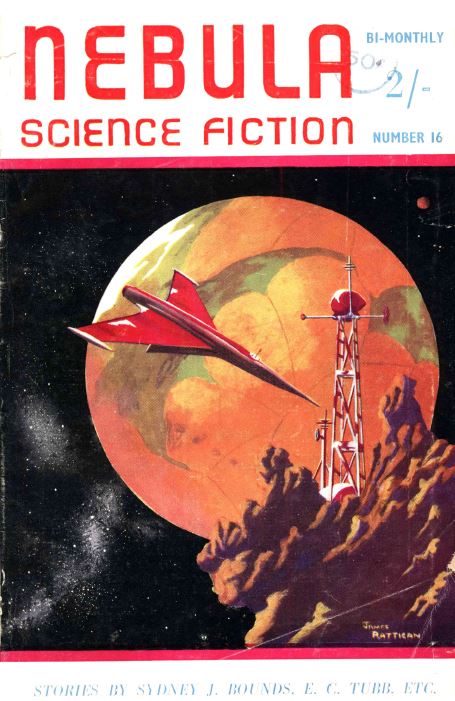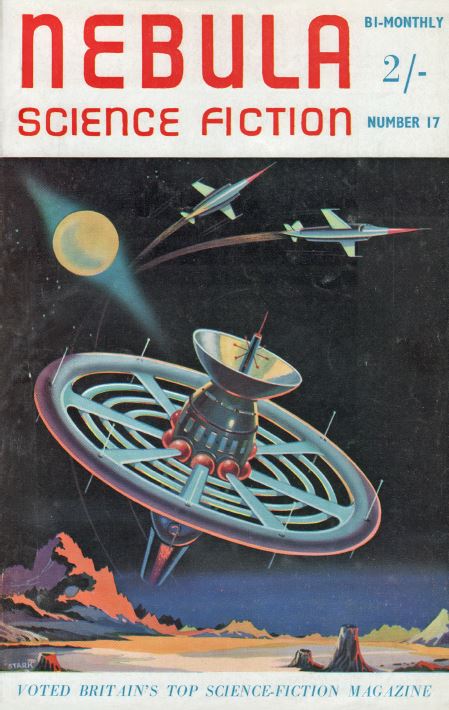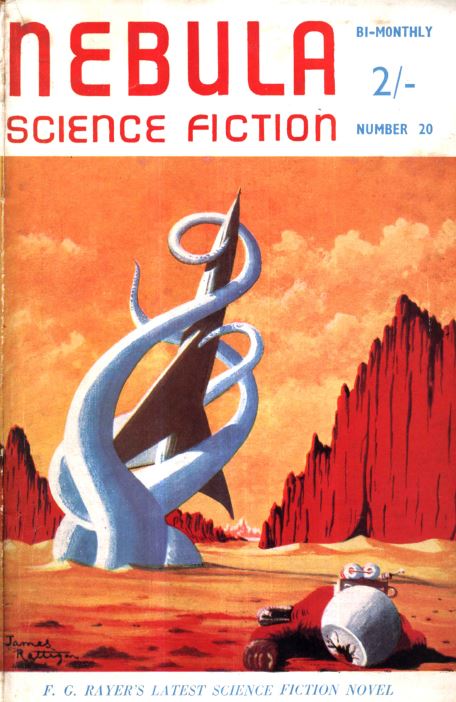(SAMPLE PAGE VIEWS)



 |
All books are PDF
format, for easy reading and printing.
Please ensure you have the latest copy of Adobe Reader installed on your
machine (it is free online).
Please note, this disk is only for use in your computer's
drive! It will NOT play in the DVD Player hooked up to
your TV!
Before the epic movie Pulp Fiction, there was Pulp
Magazines. Pulp magazines (often referred to as "the
pulps") were inexpensive fiction magazines that were
published from 1896 through the 1950s. The term pulp derives
from the cheap wood pulp paper on which the magazines were
printed; in contrast, magazines printed on higher quality
paper were called "glossies" or "slicks". The typical pulp
magazine had 128 pages; it was 7 inches (18 cm) wide by 10
inches (25 cm) high, and 0.5 inches (1.3 cm) thick, with
ragged, untrimmed edges.
In their first decades, pulps were most often priced at ten
cents per magazine, while competing slicks cost 25 cents a
piece. Pulps were the successors to the penny dreadfuls,
dime novels, and short fiction magazines of the 19th
century. Although many respected writers wrote for pulps,
the magazines were best known for their lurid and
exploitative stories and sensational cover art. Modern
superhero comic books are sometimes considered descendants
of "hero pulps"; pulp magazines often featured illustrated
novel-length stories of heroic characters.
Nebula Science Fiction was the
first Scottish science fiction magazine. It was published
from 1952 to 1959, and was edited by Peter Hamilton, a young
Scot who was able to take advantage of spare capacity at his
parents' printing company, Crownpoint, to launch the
magazine. Because Hamilton could only print Nebula when
Crownpoint had no other work, the schedule was initially
erratic. In 1955 he moved the printing to a Dublin-based
firm, and the schedule became a little more regular, with a
steady monthly run beginning in 1958 that lasted into the
following year. Nebula 's circulation was international,
with only a quarter of the sales in the United Kingdom (UK);
this led to disaster when South Africa and Australia imposed
import controls on foreign periodicals at the end of the
1950s. Excise duties imposed in the UK added to Hamilton's
financial burdens, and he was rapidly forced to close the
magazine. The last issue was dated June 1959. Each issue is
about 150 pages.
Please note that this collection contains scans of old magazines, some
of which were in poor condition before being rescued and digitized for
posterity. This means that you may see some covers with creases
and tears that show up in the scans.
Issues List:
|
Nebula #01 (1952-Autumn) |
Nebula #26 (1958-01) |
|
Nebula #05 (1953-09) |
Nebula #27 (1958-02) |
|
Nebula #06 (1953-12) |
Nebula #28 (1958-03) |
|
Nebula #07 (1954-02-03) |
Nebula #29 (1958-04) |
|
Nebula #09 (1954-08) |
Nebula #30 (1958-05) |
|
Nebula #12 (1955-04) |
Nebula #31 (1958-06) |
|
Nebula #14 (1955-11) |
Nebula #32 (1958-07) |
|
Nebula #15 (1956-01) |
Nebula #34 (1958-09) |
|
Nebula #16 (1956-03) |
Nebula #35 (1958-10) |
|
Nebula #17 (1956-07) |
Nebula #36 (1958-11) |
|
Nebula #19 (1956-12) |
Nebula #37 (1958-12) |
|
Nebula #20 (1957-03) |
Nebula #38 (1959-01) |
|
Nebula #21 (1957-05) |
Nebula #40 (1959-05) |
|
Nebula #22 (1957-07) |
Nebula #41 (1959-06) |
|
Nebula #23 (1957-08) |
Nebula 033 (1958-12) |
|
Nebula #24 (1957-09) |
Nebula American Ed. #33 (1958-12) |
|
Nebula #25 (1957-10) |
Nebula American Ed. #39 (1959-06) |
|











